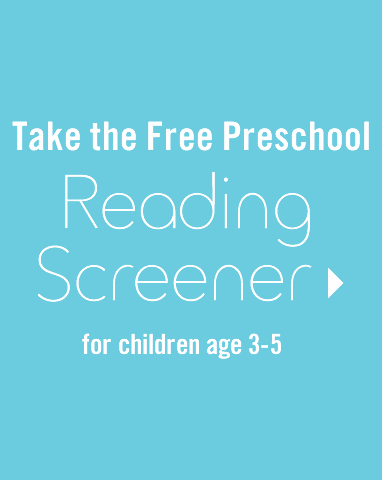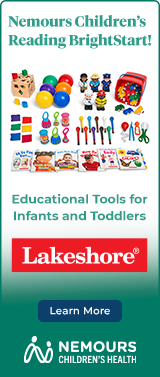The interaction between an infant and those adults closest to her is essential for the natural development of communication and language. You can increase blossoming communication development by adapting your behaviors to the “rhythm” of your infant’s needs.
Here is a simple activity that will encourage your child to tell you about an amazing adventure she is about to take you on, introducing them to unfamiliar words and experiment with new sounds.
In this activity, you will use words in connection with concrete objects and situations to help your child develop an understanding of positional words.
During your baby’s first few months, she is learning how to focus her vision and attend to herself and others. You can support this important developmental stage by incorporating face-to-face social routines when your baby shows interest in herself or you!
The next time you are out running errands, plan for some extra time to be able to stop and look at the giant letters mounted on the front of the buildings. What a great way to recognize familiar letters or learn about new ones.
In these first few months of life, your baby will begin to have more control of his grasp and will make an effort to hold onto objects and toys. Here are some ideas to help your little one develop better strength and fine motor control.
During their first year, babies begin to understand spoken words before they actually utter their first true word. Simple repetitive songs and rhymes can be introduced as soon as birth to help your baby sustain and expand her interest in listening to speech sounds.
As adults, we speak differently to infants than we do to older children. By talking to your infant using these speech features and creating opportunities for social interaction, your infant will be well on his way to developing language.
Working on a vertical surface will help your child to practice using the proper position of his hand and wrist when drawing and writing.
During their first few months of life, infants are learning how to maintain attention and organize their eye gaze for longer periods of time. You can help your baby with this important developmental phase by establishing and maintaining eye contact with her during pleasurable activities.








